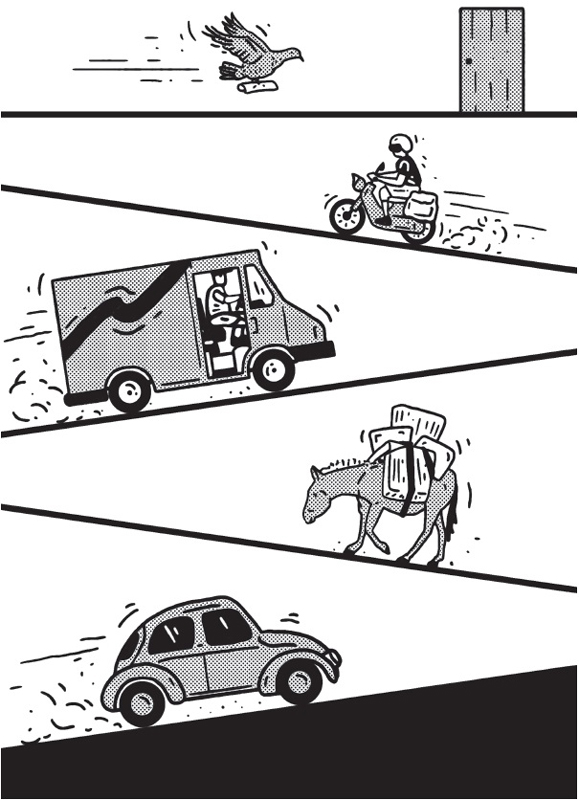
ModesThe perks of matching the mode to the message
Arguably one the most wonderful aspects of being human is the sheer diversity the classification allows. If a cheetah had stripes you’d call it a tiger. Paint stripes on a horse, you’d call it a zebra. Not so, though, with humans.
Oh, the variety of characteristics and traits the term can comprise. Creatures of almost infinite shape, size, colour and configuration. With all these differences, you’d be mad to assume a generic, one-size-fits-all approach to communication could possibly engage everyone, right? Yet this is exactly what typical workplace communication does. The same mediums, the same message, the same mode, copy and pasted to the entire organisation.
Efficient? Indeed. But engaging? Perhaps we can do better.
To communicate in a human way, to gain attention, influence and engage those around us, we need to understand the subtle yet important differences in the way various delivery modes influence our communication. When do we hit the keyboard and write an email rather than getting up on our soapbox to give a speech? Understanding when and how to use each mode to our advantage is a critical skill.
The mode can be a shortcut to attention
Simply choosing the right delivery mode for our message increases our chances of getting people’s attention. A wordy email sent to someone out on a job is likely to get skimmed at ...
Get How to Speak Human now with the O’Reilly learning platform.
O’Reilly members experience books, live events, courses curated by job role, and more from O’Reilly and nearly 200 top publishers.

